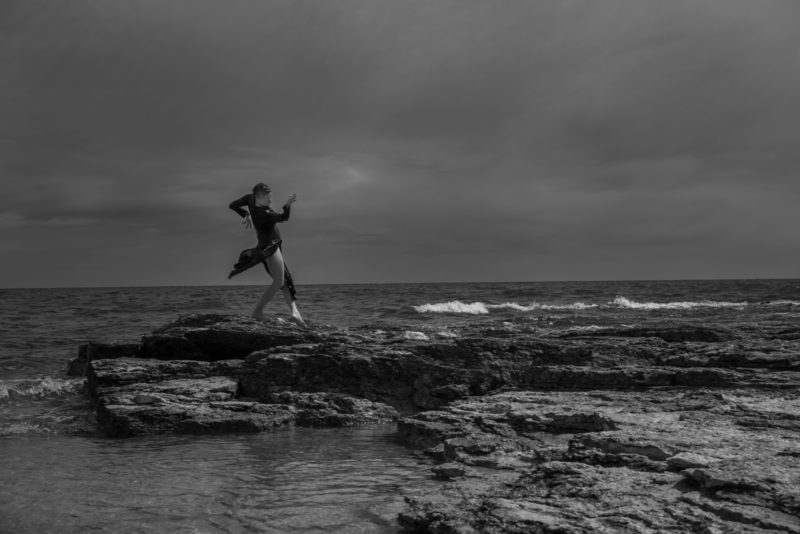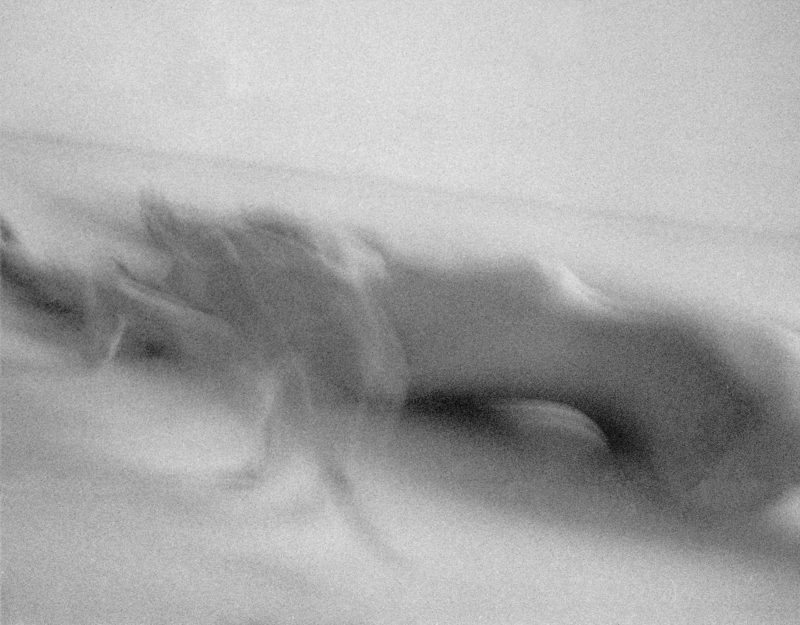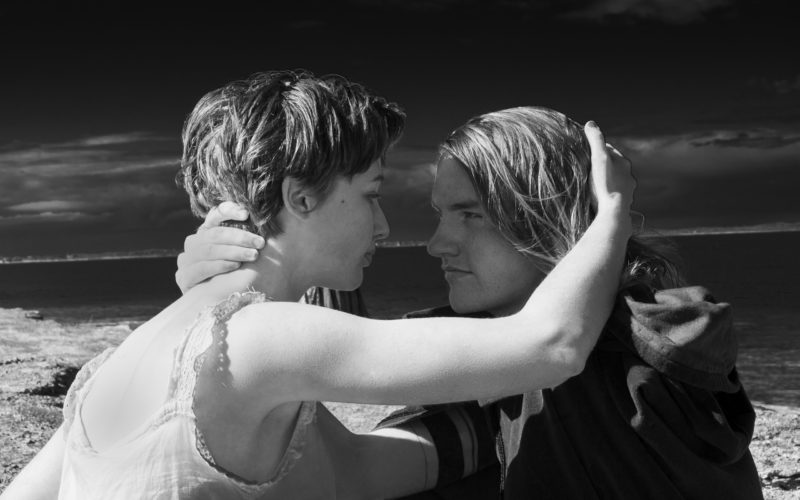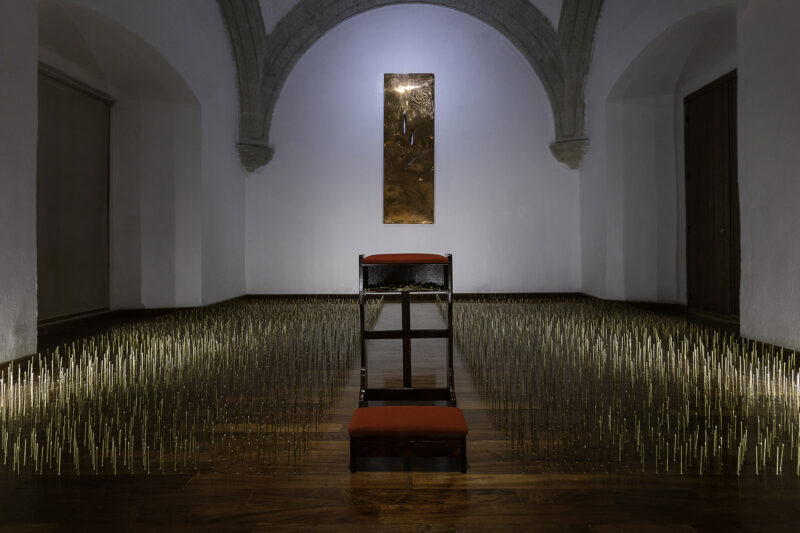EIKO ISHIOKA, THE VISIONARY COSTUME DESIGNER & ART DIRECTOR, ONE OF THE MOST ICONIC AND NOTABLE FIGURES IN FASHION AND ENTERTAINMENT.
Visionary costume designers of the 20th century has created some of the most memorable and iconic works of clothing ever made. The works of the great artists such as Edith Head, Hardy Amies, Irene Sharaff and John Mollo are all widely regarded as some of the most notable works in cinema history. However, one of the most intriguing works of costume design in films would be that of the great, Eiko Ishioka.
Ishioka, born on July 12th, 1938, was a Japanese art director and costume/graphic designer who started her film career with the Paul Schrader’s 1985 film “Mishima: A Life in Four Chapters” that intricately represents the character of Yukio Mishima. Ishioka contributed many great designs for the film, which has gotten her a special award for artistic contribution at the 1985 Cannes Film Festival.
Soon later, legendary director, Francis Ford Coppola, collaborated with her in the Japanese release poster of his 1979 film “Apocalypse Now”. This initial collaboration led to the later role as costume designer for Coppola’s 1992 film “Bram Stoker’s Dracula”, for which Ishioka won her first Academy Award. During the production of the film, Coppola spent a significant amount of the film’s budget for the costume department in order to showcase, not only Ishioka’s designs, but also the actors in them as the “jewels” of the film. Coppola described that he would use the term “weird” for the costumes in his film and Ishioka was told to give him “something that either comes from the research or that comes from your own nightmares.” During an interview Ishioka has stated that the image of Dracula has been very cliche throughout history and that “Francis and I wanted to completely throw away this cliche look to create our own vision, which does not look like a man, a woman, or old, or young, beast or human.” Combining many different forms of art and media with a stylized sensual surrealism, she was able to blur the thin line between human and beast.
With the success of “Bram Stoker’s Dracula”, Ishioka’s works caught the attention of Indian director, Tarsem Singh, who has chosen to use Ishioka’s skills in his debut film “The Cell” released in 2000. Although the critical reception was mixed, the costume design was praised across the board. This had the led to the eventual collaboration with 3 other Singh’s films: 2006’s “The Fall”, 2011’s “Immortals” and 2012’s “Mirror Mirror”, which was her last film production.
The final film, “Mirror Mirror”, was met with mostly negative criticism from both critics and audiences alike, but Ishioka’s work was nominated for an Academy Award. Many have stated that the costumes are inspired by 1930’s period films along with the designs of many of the 1960’s fairy tale films. This has given her a household name for those that might not have known her works in the past.
During her career, not only did she designed for films, but also for advertising campaigns for variety of companies, music videos, and theater productions. She worked hard until her untimely death on January 21, 2012.
After her death, the Modern Museum of Art and various museum around the work have installed her works into their permanent collection
There is no doubt that Ishioka’s work is astounding and has captured the eyes of the millions watching her films and commercials. Stepping foot into cinema history, she has become one of the most iconic and notable figures in fashion and entertainment.
title photograph by BRIGITTE LACOMBE
Images from movies:
“BRAM STOKER’S DRACULA” directed by FRANCIS FORD COPPOLA
“MIRROR MIRROR” directed by TARSEM SINGH






